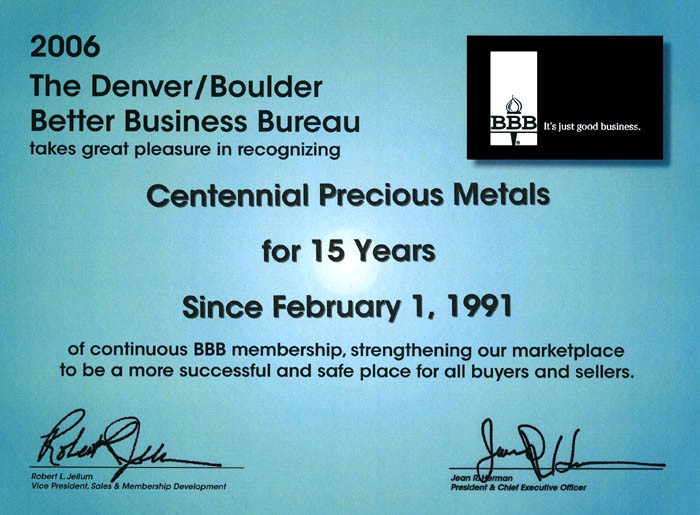The Midas Touch Why Goldman s Commodities Trade Is A Big Gamble Goldman Sachs Group Inc (NYSE GS)
Post on: 14 Сентябрь, 2015 No Comment

I’ve never personally been in a Goldman Sachs (NYSE:GS ) interview, but I’m sure one of the first, more general questions they ask is: Why Goldman? And instead of the formulaic I feel like the culture of this bank is the right for me answer that everyone and his/her sister gives, you finally have a reason to say: Because Goldman does things differently. Well, at least that’s true as far as commodity trading goes.
Commodity trading, for those who don’t know, is a broad term defined by the trading in primary instead of manufactured products. The four main categories of commodity trading include energy (crude oil, heating oil, natural gas), metals (gold, silver, platinum), livestock/meat (cattle, hogs, pork bellies) and agriculture (corn, soybeans, wheat). Participation in the commodity market could be classified as anything from trading wheat futures to buying up oil and gas companies or power plants. As you may have guessed, big banks like Goldman were more concerned with the latter, as there’s much more money in oil companies than there is in livestock futures. Historically, trading in the commodity markets was a big no-no for banks, as regulation prevented them from participating due to government worries that these banks might ultimately influence the prices of commodities for consumers if they owned them. But after a landmark decision by the Federal Reserve in 2003 that first allowed regulated banks to trade in physical commodity markets, financial institutions such as Morgan Stanley (NYSE:MS ), JPMorgan (NYSE:JPM ), Deutsche Bank, and, of course, Goldman, funneled billions of dollars into commodity trading operations. However, Goldman Sachs is the only bank left firmly standing in the commodities market today.
By late last year, all major banks but Goldman had cut major operations in the market due in large part to the extensive political and regulatory scrutiny that they faced as a result of this market participation. Now, Goldman finds itself alone in a market from which it has historically profited, but a market that brings with it intense government oversight from which Goldman has historically suffered. Even if the bank can reap a profit from commodities trading, is it worth the cost of focused government scrutiny? In this case, Goldman should do like other banks, and leave the market.
In November of last year, executives from JPMorgan, Morgan Stanley and Goldman Sachs participated in a Senate hearing focused around a Senate report on the role of Wall Street in commodities trading. Senator Carl Levin, the chairman of the Senate’s Permanent Subcommittee on Investigations, used the hearing as an opportunity to challenge the banks on their controversial and unfounded positions within the market. If you liked what Wall Street did for the housing market, you’ll love what they’re doing for commodities, Mr. Levin said, referring, of course, to legal settlements over banks’ handling of mortgages. According to the report’s findings, all three banks participated in extensive ownership of physical commodities, the producers of these commodities, and the warehouses used to store them. Levin’s challenges of JPMorgan and Morgan Stanley’s commodity operations were met mainly with submission by execs from these banks, who emphasized that they were both planning to wind down their ownership of commodity assets. Goldman’s execs, on the other hand, fought back against Levin’s questioning, concluding that it, unlike its counterparts, has no plans to exit the lucrative market.
The verbal sparring matches that ensued between Goldman executives and Senate subcommittee members including Levin and John McCain, the subcommittee’s top Republican, dealt specifically with the report’s conclusions concerning Goldman’s practices in aluminum warehousing through Metro International Trade Services. According to findings by the report, paired with investigations by the New York Times, Goldman-owned aluminum warehouses deliberately pushed the price of aluminum up by instituting policies that made it difficult to move aluminum out of the warehouses. Instead of efficiently transporting the aluminum out of the warehouses for use by purchasers, these warehouses spent most of their resources moving aluminum between the 27 industrial warehouses owned by the company. Two or three times each day, fleets of trucks shuffle 1,500-pound bars among the warehouses, which created, as one forklift driver working at the warehouses called it, a merry-go-round-of-metal.
Before Goldman bought Metro three years ago, warehouse customers used to wait an average of six weeks for their purchases to be located and moved out of the warehouses. Now, under Goldman ownership, the wait has grown more than ten-fold — to more than 16 months. The back and forth of this operation instituted by Goldman lengthens the storage time of the aluminum, generating huge profits for the bank, which owns the warehouses and charges rent to store the metal. But big profits for Goldman means costlier production for manufacturers and consumers across the country. A tenth of a cent of the cost of aluminum cans is traced back to this routine instituted by Goldman, but considering the amount of cans consumed in the US each year — 90 billion — along with aluminum use in cars, electronics and housing, this process has, in total, cost American consumers more than $5 billion over the last three years. According to Jorge Vasquez, managing director at Harbor Aluminum Intelligence, The cost is totally artificial.
And this narrative isn’t unique. This maneuvering in the commodity markets for oil, wheat, cotton, coffee and more have brought billions of dollars in profit to the large investment banks while ultimately costing consumers. Specific examples include Morgan Stanley’s control of jet fuel costs for airlines, and JPMorgan’s market manipulation of electricity prices, in which the banks’ acquired power plants offered electricity prices that appeared falsely attractive to state energy authorities, prompting authorities in California and Michigan to make excessive payments that helped drive up energy prices and net a profit for the bank. JPMorgan ultimately ended up paying a $410 million settlement with the nation’s top energy regulator.

Not only are these dealings illegal and unethical, but they are also, at the same time, incredibly dangerous for the stability of the market. With banks acting in this market, the potential for price manipulation (as witnessed above) and unfair advantage in terms of trading in commodity futures is great. Also, the enormous holdings of oil, uranium and other hazardous materials expose the banks to the dangers of significant legal liability. According to the Federal Reserve, banks have not put enough money into insuring the possibility of extreme loss scenarios involving commodities. Imagine if BP had been a bank, Senator McCain commented, referring to the BP Deepwater Horizon oil spill. It could have led to its failure and another round of bailouts. Price manipulation cases and dangerous scenarios like these have led to increased oversight by the government, with the Federal Reserve rethinking its 2003 decision to allow for banks’ trading in physical commodities. The Fed is currently expected to issue a formal notice of new restrictions aimed at making it harder for Wall Street banks to make bets within this market.
These intense new rounds of regulation and scrutiny, mixed with some losses in market profitability for banks (commodity trading revenue for banks dropped $10.5 billion since 2008) have prompted most banks to voluntarily leave the market. Morgan Stanley agreed to sell its oil and gas merchant trading business, marking an end to the bank’s holdings of crude oil logistics and infrastructure. Barclays announced in April of last year that it was selling off most of its energy, soft commodities, and metal trading. JPMorgan announced in July it would exit physical commodities trading. Other banks, such as UBS and Deutsche Bank decided to stop trading in raw materials completely.
This leaves Goldman Sachs effectively alone in the market and under more scrutiny than ever. The Senate hearing confirms the government’s distrust of these market operations and the bank’s refusal to give any ground to the subcommittee may have only worsened an already troubled relationship between the bank and the government (especially since the financial crash of 2008). In January, however, Goldman felt vindicated by its decision as its revenue for commodities trading was highlighted as a bright spot in the bank’s broader fixed-income trading business. But despite some profits in the commodities market this year, Goldman’s position as the sole Wall Street player in commodities makes it a bigger target for regulators and government oversight committees. Considering its already suspicious procedures in aluminum warehousing, Goldman’s decision to remain in the market will likely lead to penalties and punishment from a government that wants to severely limit bank dealings in commodities. In the end, Goldman is painting a big red target on its own back and should leave the market like every other large bank.
Since you’ve shown interest in GS, you may also be interested in














